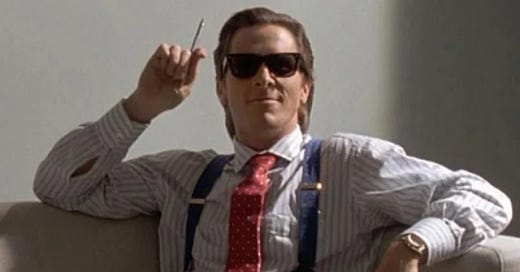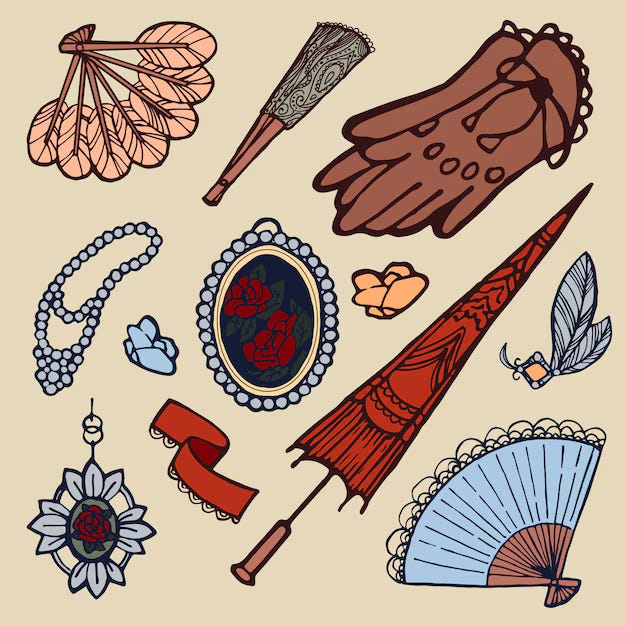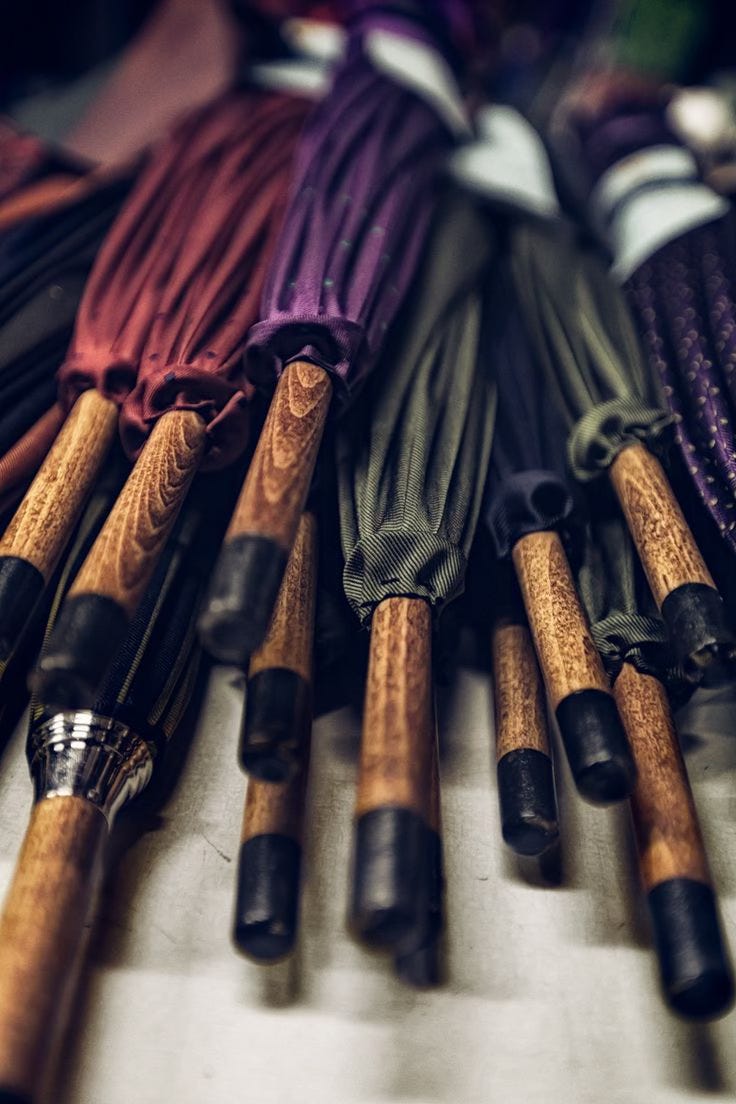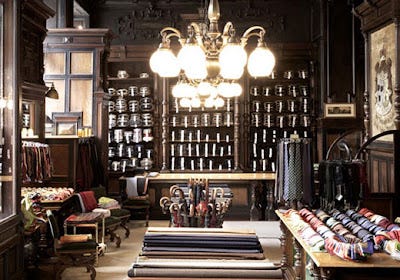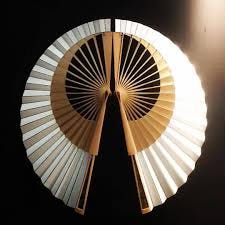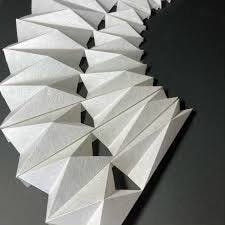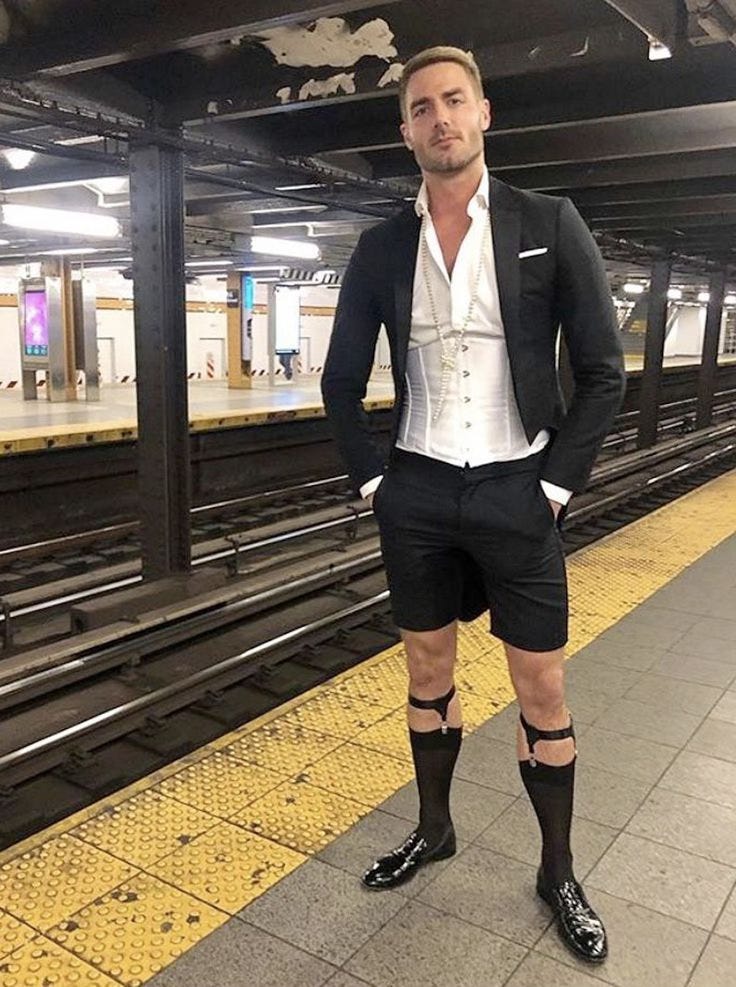Accessories maketh the...
The world is in a deep reflection. From fashion, to food, to democracy, all the way to the ubiquitous mom and pop retail stores and old school barbers, life is looking back as a reprisal to the turbo speed it has taken on. Margaret Atwood reminded me this week that everything she has written about has been done before, more than once…gulp. And she’s all about the French Revolution right now. So it’s all coming back, including American psycho and some.
Fast-moving technologies and hyper modernity have left people longing for the familiar, for the comforting and as I said, the tremendous rise of retro all over (and apparently voting for Trump again also).
But I shall keep it panglossian.
The retrospective trend has also extended to accessories and has brought back a collection of beautiful, sometimes unusual, pieces that celebrate the true essence of luxury – inimitable, scarce handcraftsmanship. Away from the usual bling and clichéd brand-stamps, accessories, and especially the artisanal ones, are able to subtly portray their immense beauty and showcase the meticulous time that they deserve.
And as I travel the planet I am seeing fascinating examples all over:
“Handcrafted luxury items take time to produce and time is the greatest luxury,” says Emma Parker, a London designer and owner of jewellery brand Alexandra. It takes a real artist or craftsman’s patience and skill to produce luxury accessories and according to Parker, “nowhere is this meditative dedication more apparent than in the crafting of collector’s items where intricate handiwork indicates devotion”.
"More and more, I think about how our objects relate to our ideas. Growing up, my favorite jewelry were the retro pieces I inherited because they were meaningful,’ says Elizabeth Suda, Founder and CEO of ARTICLE22. "I look at ARTICLE22 designs as history’s heirlooms. Our new bomb shard necklaces tell the story of the presence of the 80 million unexploded bombs in Laos that plague farms and forests today – they don’t only draw you in with their distinct beauty, but they also have a far greater story to tell”.
From exquisite parasols, to hand decorated handkerchiefs, to sculpted canes and even sock suspenders, the world of forgotten hand-crafters are finding light again. “There is this definite search for distinctive and unique handmade pieces in order to liberate traders and craftsmen who champion individuality and have unfortunately suffered at the hands of mass consumerism,” Parker explains. But of course in a homogenized, interconnected world the thorough and new-again appreciation for beautiful handmade objects stemming from individual cultures is unsurprising.
Fine parasols and umbrellas are always methodically made by hand and in Paris the brand Heurtault, with Michel Heurtault as the imminent couture umbrella designer, is where the world’s bespoke items are sourced. Heurtault refers to the art of umbrella making as “alchemy” with a particular attention and respect to the silk’s tension is able to guarantee that they will” never make an umbrella that will turn inside out”. The business hiding out in the French capital only creates about 200 umbrellas per year and they use maple, ebony, rosewood, leather and even animal heads as they construct these masterpieces; for seekers of pure artisanal beauty.
Umbrellas date back to the antique civilizations of Persepolis and were first seen handled by a servant of King Xerxes of Persia and later by Emperor Qin Shi Huang in Xi'an (China) with his terracotta warriors steering it for him – both with material stretched out and spokes holding it all together elegantly. Since then umbrellas haven’t changed all that much, by the 1800s the “bourgeois umbrella” with brass runner, tips and ferrule were mixed with colourful canopies and became more common on the streets. By the 20th century umbrellas were easily foldable, still hand-made by now also hardy enough to withstand any weather condition.
Today for historic Italian finery it is Maglia, a five-generation family run umbrella manufacturer from Milan, which sells its goods at all the world’s most exclusive retailers. In a world where umbrellas on the street are sold for a few dollars, what the Maglia family does here, they call “luxury” in all its handmade glory.
Or there is the Japanese brand Muji that presents the contemporary version, all in black, perfect for a New York shower or a political movement for men and women if handmade isn't your game.
Handcrafted rare canes on the other hand have mostly attracted men; with some exceptions for the ladies like Marlene Dietrich. Vienna's old center is where, for the last 176 years, Wilhelm Jungmann und Neffe have presented the world’s finest accessories: one of their classics and most prized – the cane. Some canes, with the highest value and most hours put into their manufacturing, are made from wood with a brass parrot or Emperor Franz Joseph as its head dating to the height of its fashion in the 18th century. Although the cane, as a token of social stature, dates back to the 16th century when kings and fancy aristocrats encrusted these walking sticks with precious metals and extravagant jewels.
Often, as canes go, there would be a hidden vial for hooch and even a sword concealed within the design. But the idea of a cane as a fashion accessory was brought to the world by actor Fred Astaire in several of his sing and dance movies – including “Top Hat, White Tie and Tails”.
And on the more practical side are braces and sock suspenders (a la “A Fish Called Wanda”). The classic braces, called box cloth, are so called from the tailor's term for boiled wool and are having a recurrence with the Brooklyn “Amish” aesthetic STILL spreading across the planet. Albert Thurston, serving men’s clothing needs since 1820, offers everything from the classic box cloth, through tweed, linen, wide stripes, fine polka dot or even “fleur-de-lis.”
Historically to hold pants up with clips or buttons, today braces are used as a sort of statement inspired by a Humphrey Bogart movie line. Less visible sock suspenders on the other hand are all about being wrinkle-free and fit into that desire of adding a little exotic personal flair to an outfit without anyone noticing.
Perhaps that’s real luxury – something handcrafted and beautifully made that you don’t show off to anyone, as only you know is there; quietly and in solo appreciating the care and time that went into its very making.
A few more retro accessories I found and started to explore:
- Hand fans from Maison Sylvain Le Guen: Used for cooling, or if you’re Rihanna to hide from the paparazzi. Ceremonial fans date back to 4th century BC especially for the ancient Greeks parading around but right now it's what summers have begged for.
- Arm braces or garters from Albert Thurston: Designed to hold up the shirtsleeves for the days when shirts were always buttoned up and sleeves were long and not custom designed. Today it shows that certain working class elegance.
- Handkerchiefs from Frette Linen: Established roughly in the 16th century as a way to wipe brows or noses, ladies and gentlemen are once again finding the art in purchasing the finest linen versions and then personalizing them appropriately.
- Gloves from Aspinal of London: Dating back to Homer’s “The Odyssey” gloves became popular in the 1700s when ladies were sitting down for afternoon tea. Now gloves are for every occasion, particularly when least expected.

